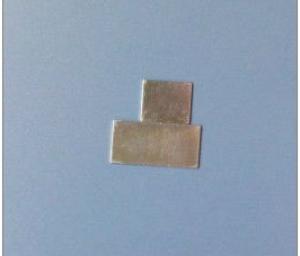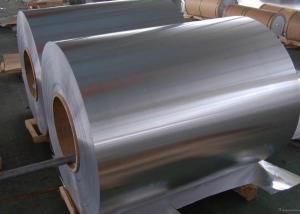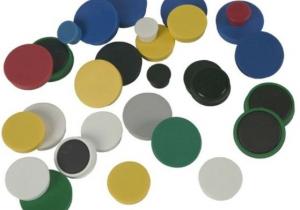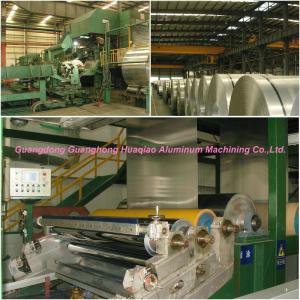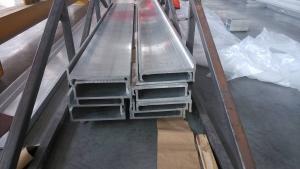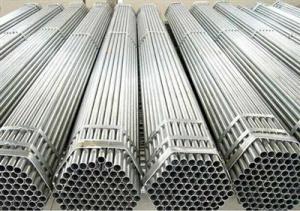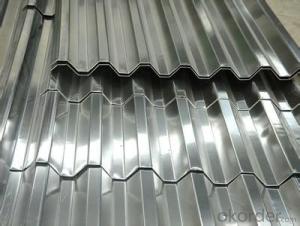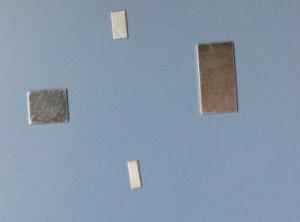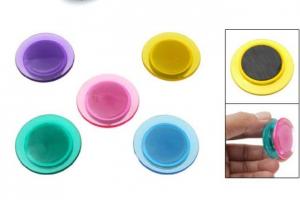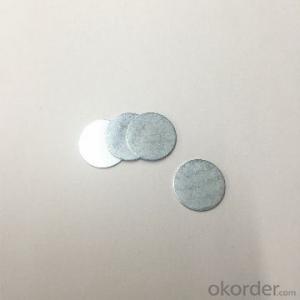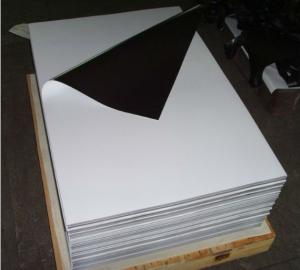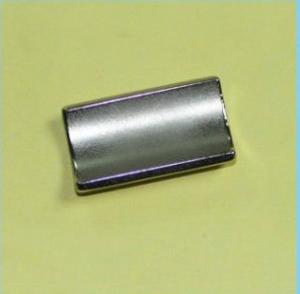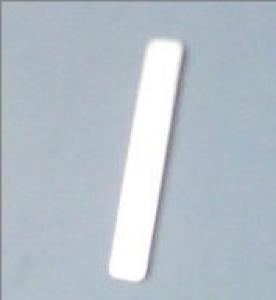Super Thin Square Neodymium Magnet
- Loading Port:
- China Main Port
- Payment Terms:
- TT or LC
- Min Order Qty:
- 500 Pieces pc
- Supply Capability:
- 100 Tons per Month pc/month
OKorder Service Pledge
OKorder Financial Service
You Might Also Like
1) Material: Sintered Neodymium-Iron-Boron;
2) Temperature: 200 centigrade;
3) Grade: N28EH, N30EH, N33EH, N35EH for your choice;
4) Shape: Square;
5) Size:according to customers' request;
6) Coating:Ni, Zn, gold, copper, epoxy and so on;
7) Application: sensors, motors, rotors, wind turbines,wind generators, loudspeakers, magnetic hooks, magnetic holder, filters automobiles and so on;
8) Quality Assurance :ISO9001:2000, RoHS report by SGS, Reach Certificate
9)Physical Property of Magnetic Material:High Coercive Force, High density, High remanence, Anti-demagnetizing, Strong corrosion-resistance, Different series, different work temperature.
- Q: i know that 2 are like poles repel and opposite poles attract
- Magnetic forces exist between magnetic materials. Unlike magnetic poles attract, while like poles repel. The strength of attraction or repulsion between two magnets is a function of distance between them.
- Q: help plz
- There is something wrong with your monitor,ask a professional to fix it.
- Q: On a side-note, rip out their teeth?
- Tricky. It all depends on how strong the connection of the braces to the teeth are. If a car-sized magnet were used, the braces may be pulled out. The teeth, I highly doubt, will ever get pulled due to the perfect design of the seating of the tooth to the bone. With this in mind, you may want to ask this question to Brainiac or Mythbusters and let them do the testing with their teeth, not ours.
- Q: Why do most ferromagnetic materials have no overall magnetic field? Explain in terms of magnetic domains.
- If the domains are not organized, ie, pointing in random directions, they cancel each other out and there is no net magnetic field.
- Q: The shield is to short-circuit the flux around the movement.A) ParamagneticB) DiamagneticC) Ferromagnetic
- should be paramagnetic because there is no charge/valence electrons on the atom(s)
- Q: According to the magnetic properties of magnetic materials, magnetic materials can be divided into
- According to the characteristics of a substance in an external magnetic field, matter can be divided into five classes: paramagnetic, diamagnetic, ferromagnetic, sub magnetic, diamagnetic.
- Q: It looks like stainless and I‘d like to get some of the material to make a magnetic note board to frame and hang on the kitchen wall. any ideas? thanks
- There are many different alloys of stainless steel. Most are non-magnetic, but a few alloys have magnetic properties, like martensitic stainless steel. I suggest you go to your local sheet metal shop and explain what you'd like. Take a magnet with you. They will probably have several alloys in stock, and may even have a scrap piece that they would sell for cheap. They could also cut it to size, roll over the edges, and buff it to a nice shine.
- Q: applying a direct current to a non–magnetic material in order to create an electromagnetic field. covering a wire with insulation and applying a direct electrical current to the magnet. coiling a ferromagnetic material, wrapping in an insulator, and applying a current to the coil. wrapping an insulated wire around a metal with ferromagnetic properties and applying an electric current.
- Sorry pal, it ain't gonna artwork. there is not any such element as a loose lunch. Pushing a piston takes potential, and that potential has again from someplace. in case you push compressed air into the cylinder, you may push the piston down. somebody else stated 500 psi in a working engine, i don't be conscious of no rely if that's spectacular yet i be conscious of it takes lots--have you ever tried turning an engine by hand? Then while your piston reaches the backside and starts off coming decrease back up, despite pushed it down has to get out of ways. In maximum vehicles meaning the exhaust valve opens. If the exhaust valve does not open, the piston the two won't come decrease back up (re-compressing that air takes greater artwork than that air did while it more desirable) or it's going to blow a hollow interior the cylinder.
- Q: Why is the power transformer made of Mn Zn ferrite core not enough?
- Ferrite is a ferromagnetic metal oxide. As far as electrical characteristics are concerned, ferrite resistivity is much larger than metal and alloy magnetic materials, and has higher dielectric properties.
- Q: Part AYou are given a material which produces no initial magnetic field when in free space. When it is placed in a region of uniform magnetic field, the material produces an additional internal magnetic field parallel to the original field. However, this induced magnetic field disappears when the external field is removed.What type of magnetism does this material exhibit?- diamagnetism- paramagnetism- ferromagnetismPart BOnce again, you are given an unknown material that initially generates no magnetic field. When this material is placed in a magnetic field, it produces a strong internal magnetic field, parallel to the external magnetic field. This field is found to remain even after the external magnetic field is removed.Your material is which of the following?- diamagnetic- paramagnetic- ferromagneticPart CWhat type of magnetism is characteristic of most materials?- ferromagnetism- paramagnetism- diamagnetism- no magnetism
- Part A: Paramagnetism. Part B: Ferromagnetism. Part C: Diamagnetism.
1. Manufacturer Overview
| Location | Guangdong,China (Mainland) |
| Year Established | 2010 |
| Annual Output Value | US$2.5 Million - US$5 Million |
| Main Markets | North America South America Eastern Europe Southeast Asia Africa Eastern Asia Western Europe Northern Europe Southern Europe South Asia |
| Company Certifications | ISO9001:2000 |
2. Manufacturer Certificates
| a) Certification Name | |
| Range | |
| Reference | |
| Validity Period |
3. Manufacturer Capability
| a) Trade Capacity | |
| Nearest Port | Shenzhen |
| Export Percentage | 21% - 30% |
| No.of Employees in Trade Department | 3-5 People |
| Language Spoken: | English, Chinese |
| b) Factory Information | |
| Factory Size: | 3,000-5,000 square meters |
| No. of Production Lines | 2 |
| Contract Manufacturing | OEM Service Offered |
| Product Price Range | Average |
Send your message to us
Super Thin Square Neodymium Magnet
- Loading Port:
- China Main Port
- Payment Terms:
- TT or LC
- Min Order Qty:
- 500 Pieces pc
- Supply Capability:
- 100 Tons per Month pc/month
OKorder Service Pledge
OKorder Financial Service
Similar products
Hot products
Hot Searches
Related keywords
